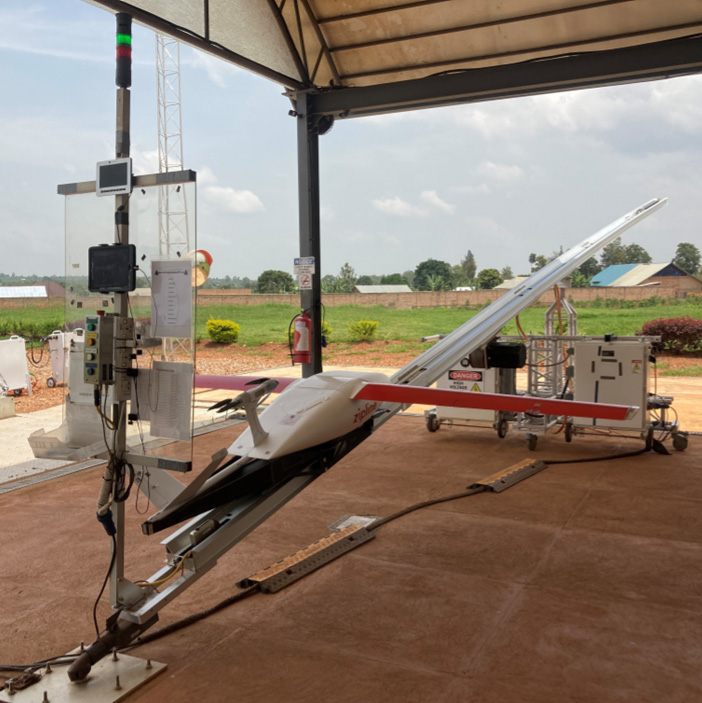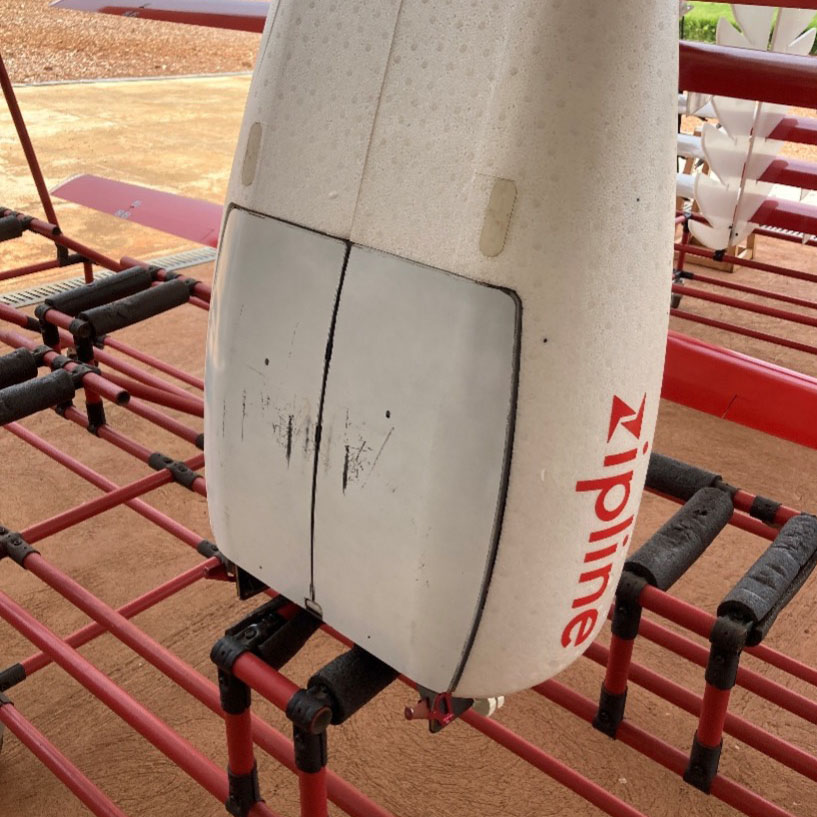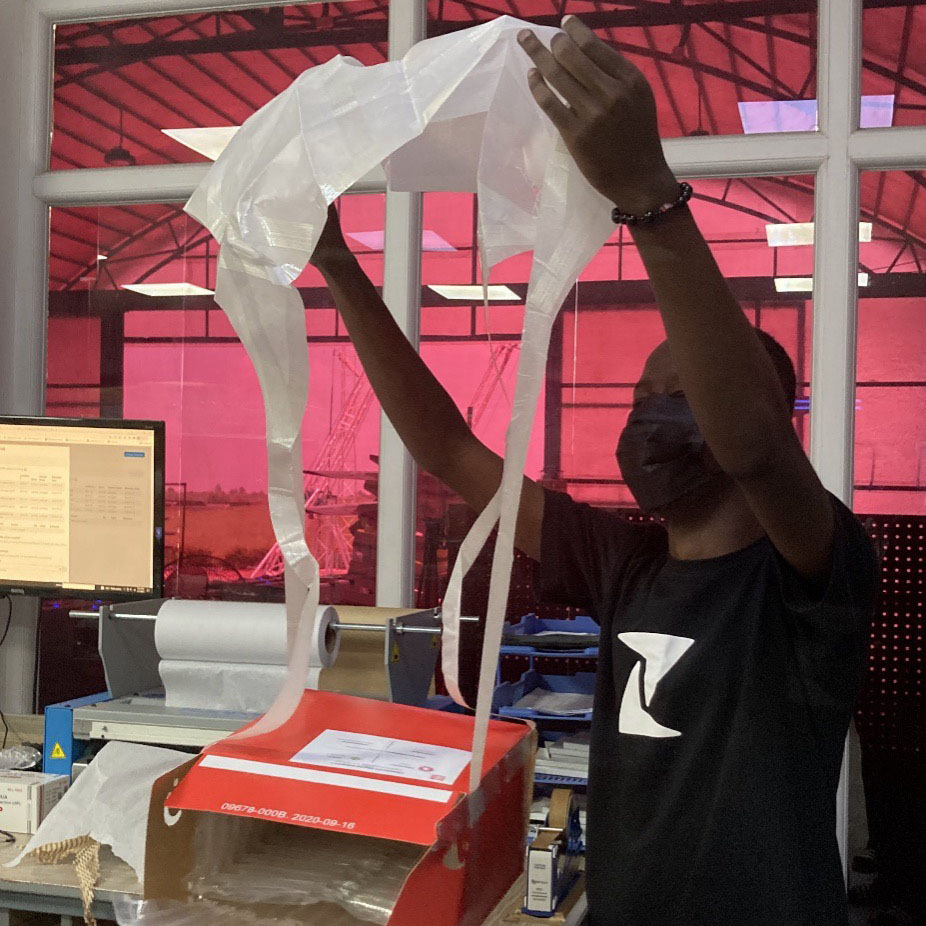When you think of drones, your mind probably goes to futuristic gadgets or maybe even viral videos. But in East Africa, drones are quietly transforming something much more vital—healthcare. Rwanda and Kenya are leading the way in using this technology to deliver medical supplies, save lives, and reach places where roads simply don’t go. Here's how it’s happening.
Rwanda: Where It All Took Off
Let’s start with Rwanda, often called the “poster child” for drone delivery in healthcare. Back in 2016, the government partnered with a U.S. tech company called Zipline. The idea was simple but bold: use drones to deliver blood, vaccines, and other lifesaving supplies to remote clinics and hospitals.
And it worked.
These drones, known as “Zips,” now cover most of the country. They’ve slashed delivery times from hours to under 45 minutes in many cases. That’s huge when you're talking about emergency blood deliveries or transporting vaccines that need to stay cold. According to The Lancet, the program led to a 67% drop in expired blood supplies (The Lancet, 2022).
One particularly powerful story comes from the Mahama Refugee Camp. Instead of waiting for an ambulance to drive hours through rough terrain, blood can now be delivered in 30 minutes by drone. That’s the difference between life and death for many mothers and babies (Save the Children, 2023).



Kenya: Catching Up with Big Plans
Kenya hasn’t gone as far as Rwanda—yet—but the country is making exciting strides. In places like Turkana County, sometimes called Kenya’s “blood desert,” hospitals often run out of essential supplies. Roads are rough, distances are long, and sometimes the only option is to send someone on a motorbike… or pray.
But that’s starting to change.
There are also collaborations brewing across the country. Tech groups like Kenya Flying Labs are working with local governments and global partners to make drone deliveries a regular part of the health system. According to FairPlanet, the results have been impressive so far, especially in reducing travel time for medical supplies (FairPlanet, 2023).
So What’s Next?
Both countries still have a lot of ground to cover, but the momentum is real. Rwanda is expanding its drone network beyond medical deliveries to include e-commerce. Kenya is looking to scale its pilot programs to a national level. And other countries are watching closely. In fact, in Japan (Nagasaki Prefecture), Toyota Tsusho Corporation and its subsidiary Soraiina Corporation conducted a pilot experiment for prescription drug delivery using the same Zips (Toyota Tsusho Corporation, 2025).
The big takeaway? Drones aren’t just flashy tech—they’re tools with real impact. They’re helping babies survive, delivering blood in record time, and making sure that no matter where you live, healthcare can reach you.
In a world full of challenges, this kind of innovation is worth celebrating—and spreading.
